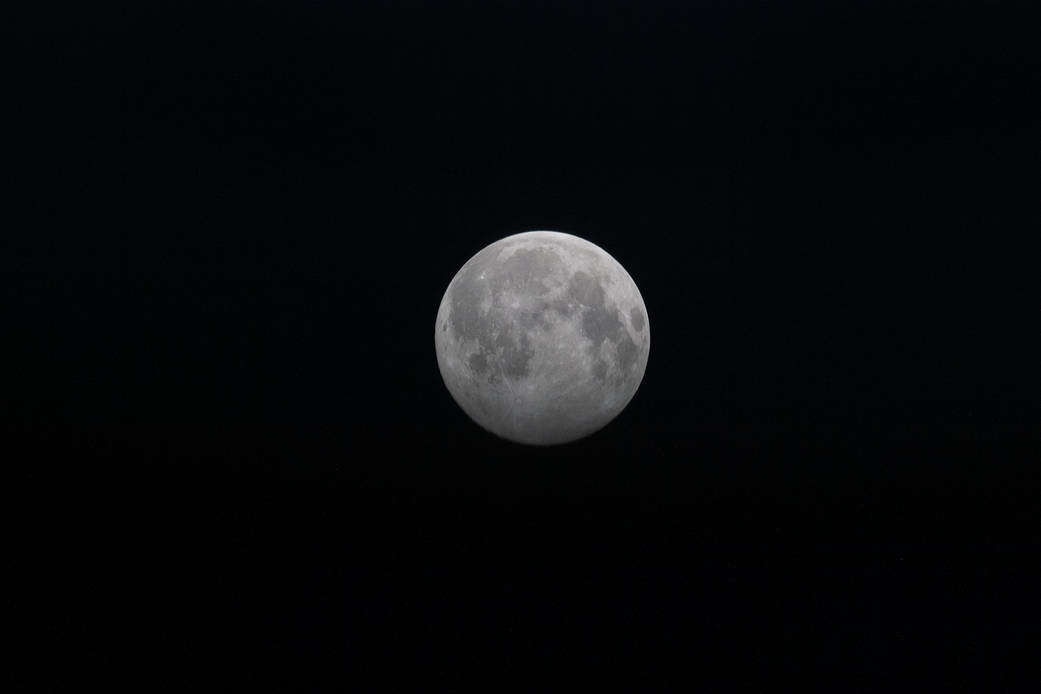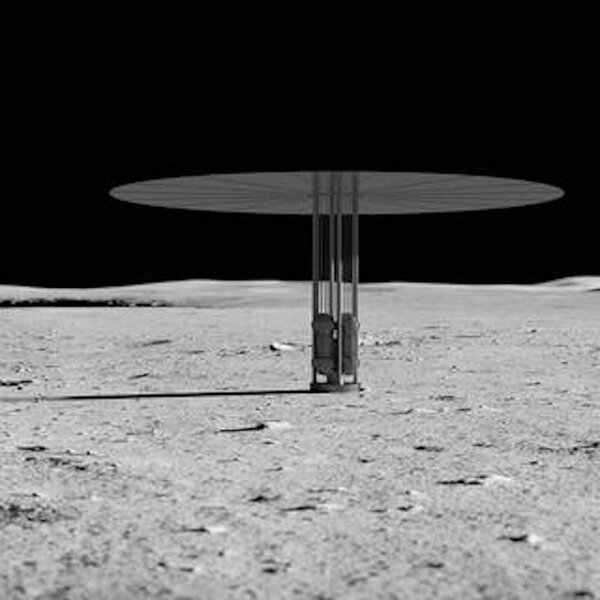Create a free profile to get unlimited access to exclusive videos, sweepstakes, and more!
NASA wants to put a nuclear reactor on the moon, and they're open for ideas on how to do it
Something will have to be there to power future missions to the Moon, and a lunar fission reactor could be it.

After humans land on lunar ground again for the first time in decades, something will have to be there to power future Artemis missions — literally.
Enter a nuclear fission reactor. These mega-machines work by splitting the nuclei of atoms into two or more smaller nuclei, releasing enormous amounts of energy. NASA is now collaborating with Batellie Energy Alliance at the U.S. Department of Energy’s Idaho National Laboratory (INL) and asking anyone out there who thinks they could make this thing functional to send proposals for such machine will be able to withstand brutal lunar conditions.
Whatever is going to be hanging out on the Moon for at least 10 years is going to have to be able to withstand getting roasted during the day and frozen at night. It can’t be solar-powered because sunlight can be unreliable. Imagine being an astronaut and having your entire power infrastructure shut down, without communications to mission control or to spacecraft such as rovers that can venture further out than a human safely could. You’d be stranded.
“At a high level, the reactor will need to be robust. It has to withstand being launched into space on a rocket, land on the moon, and then reliably provide power for its ten-year operation without direct human interaction,” Sebastian Corbisiero, the Fission Surface Power Project lead at INL, told SYFY WIRE.
NASA and INL are keeping an open mind as to what specific technologies might be used in that reactor besides the necessary nuclear fission. What they do know is how tough it needs to be. Night on the moon lasts 14 Earth days. That is a long time to be exposed to average temperatures of about -298 degrees Fahrenheit, which could easily damage a machine that may not have built-in protection. Not that daytime on the Moon is much of an improvement. Heat can skyrocket to 224 degrees Fahrenheit, posing same potential hazards.
So if you are a hardcore nuclear physics brain who may be able to pull this off, keep in mind that this thing needs to protect itself. It also has to keep powering on no matter what the lunar weather forecast might be. Nuclear fission stands out from other ways to generate massive amounts of power in space because a reactor can keep supplying power without any help from sunlight. Though the Sun is helping spacecraft like Lucy and DART navigate, the same doesn’t go for a stationary machine that isn’t moving anywhere and can’t rely on solar irregularities.
But…could this technology possibly work on Mars? Corbisiero has a positive outlook on that.
“Compared to the lunar mission, the needs for a Mars mission would have similarities but also some differences,” he said. “It’s safe to say that successfully deploying a reactor to the moon can help provide answers to many technical questions for any future space reactor.”
Nuclear fission has gotten a bad rap (mushroom clouds and Chernobyl might come to mind). It has been doubted and even dreaded when there really is no need to fear the type of reactor NASA has in mind. Remember that power plant leaks are rare and an explosion is just about an anomaly. It has also been so long since Chernobyl that the technology has leveled up. Despite the fact that nuclear fusion, the process that happens inside superheat stars that can fuse atomic nuclei together into heavier elements, is supposed to be cleaner, we aren’t there yet.
“Fusion technology has not yet progressed to enable power plants,” said Corbisiero. “Conversely, power-producing fission reactors have been utilized for over half a century and are, in fact, quite safe and clean compared to other means of generating electricity.”
So a nuclear fission reactor on the Moon is far from nightmare fuel. What it can do is fuel missions that could potentially reveal secrets from the birth of the solar system, and even someday take us to Mars.



























